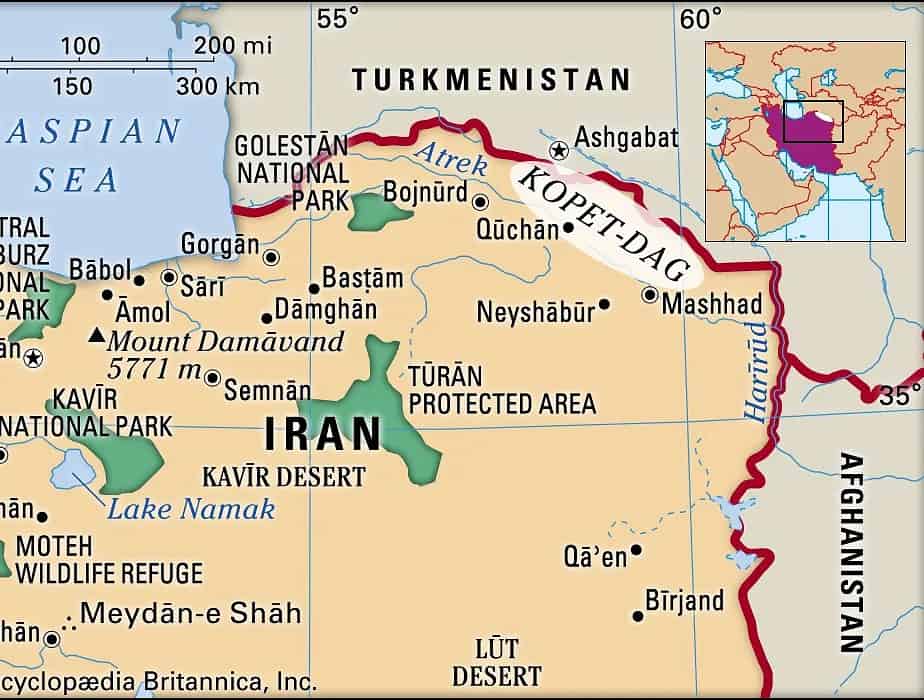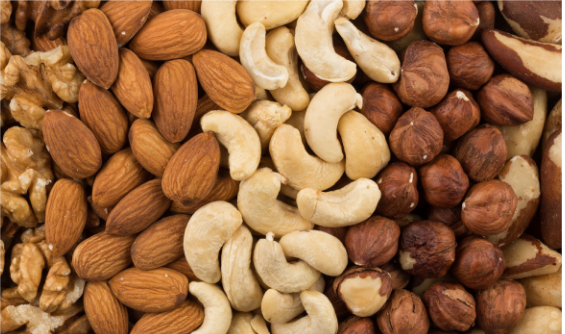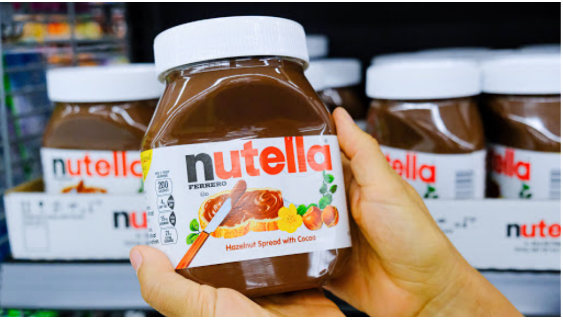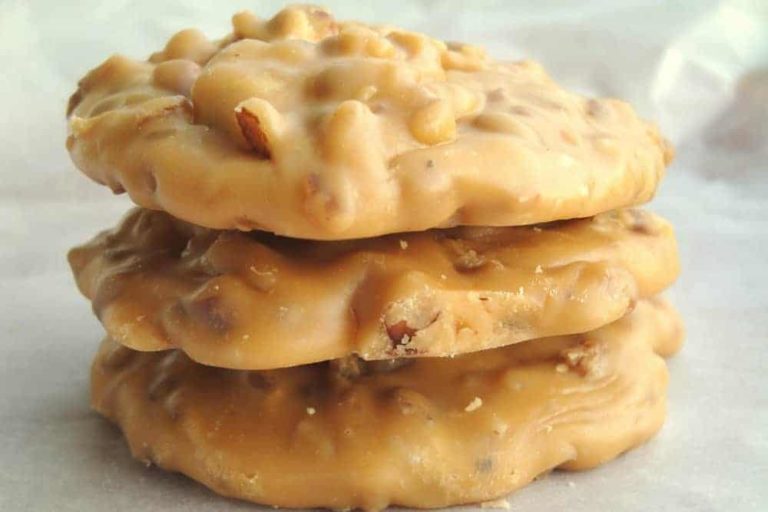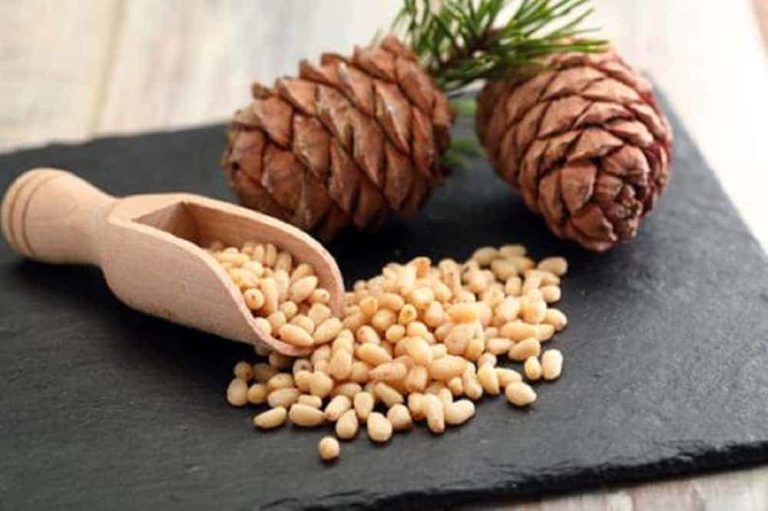Your cart is currently empty!
Adaptability: The Pistachio History From Tree To Market
The pistachio tree attains a height of 10 to 30 feet, with a spreading top. It is native to western Asia and Asia Minor and was introduced into Mediterranean Europe at the beginning of the Christian era. Pistachio nuts (Pistacia Vera), or green almonds, were referred to in the Bible (Gen. 43:11). Most commentators now agree that the “nuts” of Jacob were pistachio nuts. Finding a pistachio history in the many rocky parts of Lebanon and Palestine. It has also been cultivated in southern Europe and Syria, especially in Damascus, for its edible nuts. Syria and Palestine have been long famous for pistachio trees. The town of Batna in the Aleppo region is thought to have derived its name from the abundance of pistachios there.
 The nut has a light-color, woody shell, and the kernel, which is light greenish-yellow (pistachio green) even when ripe, has a sweet and delicate flavor. A prize in all the countries where the trees are growing. In Asia and Europe, the kernels are eaten raw, or they fry with pepper and salt, forming a popular dessert. It also has a use as a flavoring substance in cookery and confectionery. Pistachios from Aleppo are especially celebrated for their fine quality.
The nut has a light-color, woody shell, and the kernel, which is light greenish-yellow (pistachio green) even when ripe, has a sweet and delicate flavor. A prize in all the countries where the trees are growing. In Asia and Europe, the kernels are eaten raw, or they fry with pepper and salt, forming a popular dessert. It also has a use as a flavoring substance in cookery and confectionery. Pistachios from Aleppo are especially celebrated for their fine quality.
A dry climate is the best to encourage pistachio tree adaptability with little irrigation required. It is produced in Persia, Syria, India, the Mediterranean region, and the United States. Growing in the same climate where olives grow. It has been grown in Britain since 1570, but the climate is too cool for proper nuts ripening. They start by growing in the desert regions of Asia and Africa.
Pistachio Production Over the Past 125 Years In America
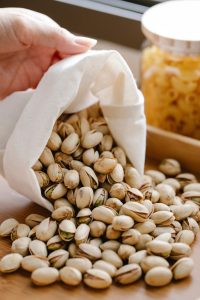
1956 marked the 50th anniversary of the introduction of pistachio nuts to America by J. A. Zaloom. That year’s consumption in the United States was estimated to be 10,000,000 pounds. Currently, 471,746,000 pounds is the amount of consumption in the United States in 2022.
Lack of labor-saving, technological production, and processing methods are responsible for holding back the wider expansion of the culture in this country. Currently, new mechanical procedures for processing are making economic opportunities for marketing possible. These include mechanical de-hulling, methods for separating empty shells from well-developed kernels, and methods for separating split nuts from those with closed shells that will not open.
Modern History Of The Pistachio Nut In American Markets
Although available on our markets as early as 1880, the pistachio nut became well-known and appreciated in the early 1930s. Undoubtedly, the vending machine became a common medium for making peanuts, cashews, and pistachios more accessible to American customers. A decade later, vending machines accounted for 85% of pistachio nut sales.
After World War II, these machines delivered pistachios to customers for nickel. In the 1950s, one-fifth of the nuts sold were through vending machines. Today, the nuts that go to nut shops will have a vacuum seal in cans or be utilized in bakery goods and ice cream. In America, most of the bulk pistachios that grow commercially grow in California.
Pistachio Nut Growth In Modern Day Asia
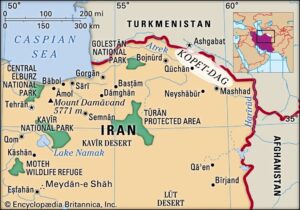
In central Asia (Turkestan), Pistacia Vera grows wild with a few exceptions. It is rather widespread over southern central Asia in the low mountains and foothills. In particular, this is a semi-desert zone along the mountain chains of the south of central Asia. Beginning with the Caspian Sea (Kopet-Dagh mountains) up to Fergana, the region of Tashkent, and the mountains of Karatan. East of Karatan in central Tian-Shan, the wild pistachio will only be found in three small areas. You can not find them wild in the deserts of the Aral-Caspian lowland.
There are only two small stands on the western end of the Kopet-Dagh mountains near the Caspian Sea and the Iranian frontier. One of the largest in Central Asia is the so-called Badkhyz pistachio stands. They are located near Kushka, in the extreme south of Turkmenistan, near the Afghan frontier.
Additionally, these wild pistachio groves extend into northern Afghanistan. Beyond the river Amu-Daria, in the low mountains of the Pamir-Alai, the pistachio is everywhere. From mountainous Bokhara through the region of Samarkand and the whole of Fergana up to the western Tian-Shan. Large stands can be found only in the region adjoining the Amu-Daria, the lower course of the rivers, Kafirnahan, Vakhsha, and Kizil-Zu. The distribution of the wild pistachio is sporadic even in its principal area. The ancient records covering pistachio history tell of pistachios growing in many places where none exist today.
The distribution of pistachios has been largely determined by the needs of the local populations, who sometimes use the trees as a fuel source. Eventually, killing them and heavy pasturing of their cattle in some areas has prevented a natural renewal. The age of the trees ranges from 6 to 240 years.
Worldwide Production Process For Pistachio Nuts
The majority, if not all, of the “Pista” nuts that Afghanistan consumes or exports to that country come from the wild pistachio forests. Subsequently, Indian farmers obtain from the wild trees in the hilly tracts of the Northwest Frontier Province and Baluchistan.
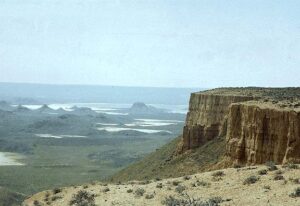
In Iran, the pistachio tree has been planted commercially for hundreds of years. Only in the last 40 or 50 years has there been a recognition of the value of the nut as an agricultural crop for export. A pistachio history becomes more significant as the rate of new plantings worldwide keeps pace with the rapid increase in American consumption.
Syria has long been famous for its farmers in the pistachio history of cultivating trees. Today, trees from Tavna in the Aleppo region are thought to have gotten their name from the abundance and quality of pistachio nuts that grow there. Damascus is of note for the consistent quality of their pistachio nuts. The growth of this nut in Palestine has been declining for many decades. Urban development and a lack of water have been the main factors in decreasing commercial pistachios from the Middle East.
The Significance Of Turkey In The Pistachio History
Pistachio culture in Turkey focuses on the dry, barren foothills and lower ranges of southeastern and western Turkey. The principal producers are the vilayets of Gaziantep and Urfa.
The Turkish government, recognizing the agricultural importance of its pistachio nut orchards, has a Horticultural Experiment Station at Gaziantep devoted entirely to studies designed to improve this nut. Subsequently, Turkey today is the world’s largest exporter of pistachio nuts to the United States. The Turkey-Syria Earthquake might have shifted this balance. Time will tell. Currently, when plantings in Iran and Turkey reach bearing age, these two countries will supply the bulk of the pistachio nuts exported to American and European markets.
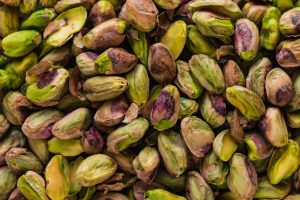
The pistachio nuts of Tunisia, N. Africa, are smaller than those of Sicily and have less commercial value but equal appreciation. Italian Botanist, Giorgio Gallesio, commenting on the pistachio nuts grown in Tunisia, describes them as smaller than Sicilian nuts but rivaling the Sicilian in the good green color of kernels. There is a lack of uniformity in shape, flavor, and size. In contrast to the same harvest from the same known varieties in Sicily. This is attributed to the origin of the seedlings.
Varieties Of Pistachio Nuts
Pistachio nuts are classified in the trade according to the country of origin, i.e., Afghan, Iranian, Sicilian, Syrian, and Turkish. The Iranian pistachios are dry and have a light yellow kernel color. The larger sizes somewhat lack the rich, oily, nut-like flavor of the Sicilian, Syrian, and Turkish nuts. On the whole, customers consider Iranian pistachios better tasting, and their kernels are almost green throughout.
One large New York importer describes Turkish and Syrian pistachios as green to light green in color and of high quality. Italian nuts sell at a premium because of the dark green color of their kernels. The smaller Afghanistan nuts also preferred for the deep green color of their kernels, are in demand by the ice cream and pastry industries.
Importers purchase their nuts in the “natural state,” grading, processing, and selling them under their own brand names.
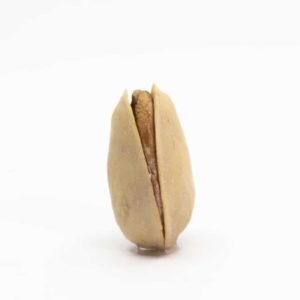
- Iranian 8 Star Colossal
- Iranian 7 Star Giants
- Italian 5 Star Extra Jumbo
- Turkish 4 Star Jumbo
- Afghan 3 Star Buds
- Iranian Giants (Monarch)
- Iranian Midgets (Tulip)
- Sicilian (Royal)
- Syrian (Crown)
Of The 13 Varieties Tested The Following Are Growers:
- Owhadi, bearing large bunches of green hulled, high splitting, fair-sized, good quality nuts.
- Safeed is named for the light color of the shell and hull.
- Shasti, a variety grown in that area for a long time.
- Wahedi, bears the largest nuts of any local variety. It is interesting to note that the Wahedi is always a lighter bearer than the others. Providing they escape injury from late spring frosts.
- Uzun is maybe the most popular in Iran.
- Kirmizi is a red-hulled, thin-shelled, free-splitting, green kernel nut of medium size, containing ten percent more protein.
- The Turkish Red Aleppo variety is a variety that had been removed from Aleppo and grown in California. In 1906, it was presented to the Office of Seed and Plant Introduction by Rev. A. Fuller, under the name Large Red Aleppo.
- Alemi.
- Obiad.
- Mirhavy.
- Achoury.
- Ayimi.
- El Bataury.
Testing These Pistachio Varieties For California Production
The first varieties tested at the Chico Station from 1902 to 1930 were Buenzle, Bronte, Minasian, Red Aleppo, Sfax, and Trabonella.
They failed to meet the requirements for a good commercial pistachio nut variety for this country. Higher production costs emphasize the need for high-yielding, high-shell splitting, and large kernel types. In some years, the crop on some varieties has had a serious reduction by late frost injury to their flower clusters. Of the earlier varieties tested at Chico, the Red Aleppo, and Trabonella have been the most promising and still show customers good quality and green kernel color. While fairly good, yields of these varieties over a period of years have not been sufficient to recommend them for commercial planting. Before this period of the pistachio history in California, it would become critical to the pistachios so that so many of us can consume them today.
The program for developing better varieties became one of the Office of Foreign Plant Introduction’s objectives in 1929. The effort 100 years ago yielded several seedling selections of promise. Three of these are the Kerman, Damghan, and Lassen. Specifically, the evaluation showed growth since 1940 and even today. Specifically, looking at the time of blooming late enough to escape spring frosts and that of tree performance. Since then, they have extended these tests into other areas of California suitable for the growth of the nut. In conclusion, all three bear nuts are larger in size and higher in shell-splitting than any of the other varieties.

